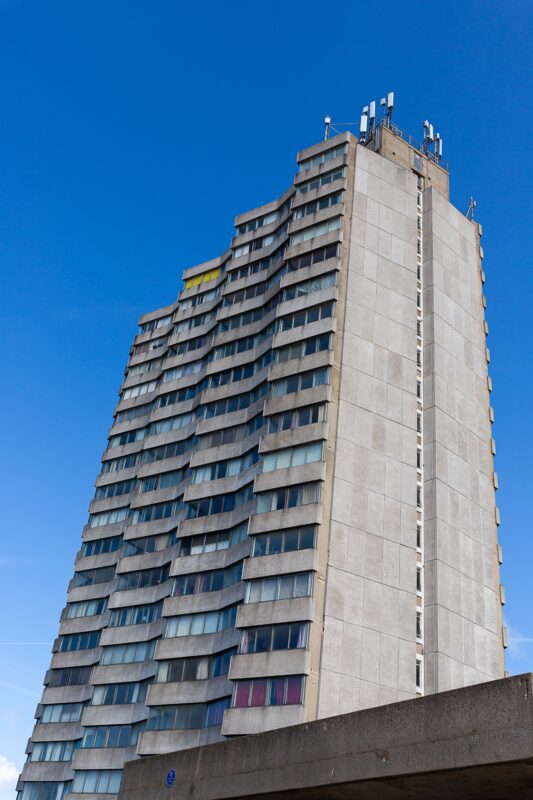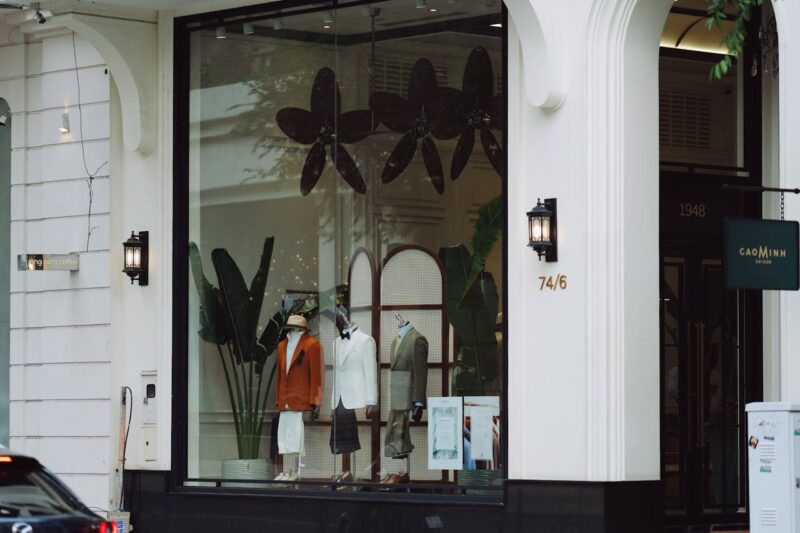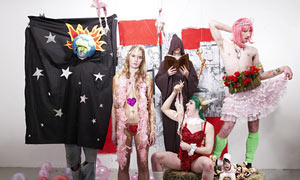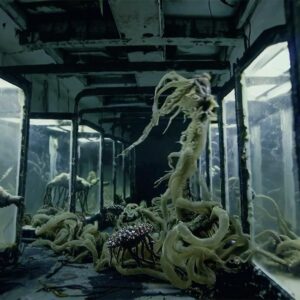
Musician and artist Paul Simonon poses with his artwork at the ICA (Institute of Contemporary Arts) gallery in London. The ICA has adopted the new .art internet suffix. Photograph: Luke Macgregor/Reuters
London’s Institute of Contemporary Art adopted the new .Art suffix last week, a sign that the art and culture business may at last be starting to come to terms with its future in the digital realm.
The hip arts organisation ditched its fusty ica.org.uk web domain for the more streamlined and descriptive ica.art. The move may soon be followed at other prestigious art institutions around the world, the ICA says, including the Tate in London, Guggenheim in New York, the Pompidou Centre in Paris and Lacma in Los Angeles.
The ICA director, Stefan Kalmár, said the change of web address was not only logical but underlined the ICA’s position as an institution “that has always thought globally and opposes the current re-emerging of nationalism in the UK and elsewhere”.
Five years ago, the body in charge of names on the internet, ICANN, swept away regulations and opened up a new world of additional web address suffixes, or top-level domains, including .art.
But can the adoption of .art really be more than just a symbolic gesture? “The intent is to bring back a more orderly structure to this incredible mess of the internet,” says Anton Vidokle, the entrepreneur behind the art company e-flux. E-flux is acting as an adviser to UKCI, a UK-based company that signed an agreement with ICANN to administer the .art domain in August 2016.
Vidokle believes that distributing the .art extension to artists or art-related businesses will help to more clearly define the intelligibility and authenticity of art enterprises – and perhaps contribute to the continuing viability of the art business.
“There are maybe 6,000 art institutions and perhaps half of them have no reference to visual art in their names,” Vidokle says. “If they cater to the public, they may want the public to identify them as an art space because people immediately understand your professional affiliation.”
He adds: “Being an artist implies a normative departure from bourgeois society. It’s a different kind of extension because it refers to a different lifestyle, so, unlike other domains, .art has the capacity to draw artists and institutions to itself.”
This could prove a timely development. Once assumed immune to digital disruption, art has recently appeared more vulnerable, thanks to a slew of gallery closures and institutional upheavals tied in part to the costs of doing business in the physical realm.
Whether or not a more defined internet structure will help business remains to be seen. There were once just 22 top-level domains with type suffixes like .com, .net, .mil, and .gov, and a handful of geographic suffixes. According to ICANN, the Internet Corporation for Assigned Names and Numbers, there are currently 1,216 delegated suffixes, including many, like .xxx, .tattoo, .bike, .attorney, .bingo, .broker, .lol, and .pizza, that are administered by and for commercial purposes.
In each case, the suffixes are licensed by ICANN but administered by a third party, such as UKCI. For the most part, ICANN does not seek to enforce how delegated domains are operated, subject to certain contractual agreements that prohibit discriminatory practices.
According to Alison Simpson, senior manager for domain management at software company MarkMonitor, there is “real potential for companies to do creative branding” with domains like .art. But she expects that many companies will defensively register .art, and then not do anything with the domain.
Under Vidokle’s plan, e-flux will give art professionals and artists the opportunity to register a .art domain for a three-month period, after which the suffix will become more generally available. In its role as an arts organisation producing magazines, running a New York exhibition space and various affiliated arts projects, the body could offer UKCI, the owner of the .art domain, guidance.
Close to 100 arts organisations have signed up; some have already switched, including the Stedelijk museum in Amsterdam and Museo Tamayo in Mexico City. Others who have signed up but not switched include the Walker Art Center in Minneapolis and DIA Art Foundation.
Attempts to commercialise art online have had mixed results, but with the internet changing virtually every kind of transaction, its effect on art is likely to increase – despite a lingering resistance to purchasing art on the internet.
“There have been many attempts to create viable commerce in art [online] but I’m not sure how successful they’ve been,” Vidokle says.
“The big question is authenticity. It is very difficult to tell if something is authentic from a small jpeg picture. If you don’t know what it is, or the website behind it, you’re very unlikely to buy it.”
MarkMonitor’s Alison Simpson doesn’t expect any rapid transformation.
“It’s going to be a long process. I don’t think there will be a huge uptake, because consumers don’t know .art is even available. Companies operating under .art will have to undertake a lot of advertising and it will take five to ten years to get it out there and to build trust.”
But the costs of digital adaptation, or the failure to adapt, are becoming clear. This week, the director of the Metropolitan Museum of Art, Thomas P Campbell resigned, in part over problems related to rebranding and the expansion of the institution’s digital presence.
Several well-known galleries, including Marlborough Contemporary and Andrea Rosen in New York, have merged or closed in recent weeks, in part over the difficulties of maintaining gallery spaces and the cost of exhibiting at art fairs, where a large proportion of sales are made.
All of which, says Vidokle, points to the increasing adoption of the internet, at least at the lower end of the market.
“As protocols around authenticity come into place, and as we try to prevent cyber-squatting or the kidnapping of identities and institutions, there is the possibility people will start purchasing more art online.” But, he warns, “it’s a slow process.”
guardian.co.uk © Guardian News & Media Limited 2010
Published via the Guardian News Feed plugin for WordPress.







